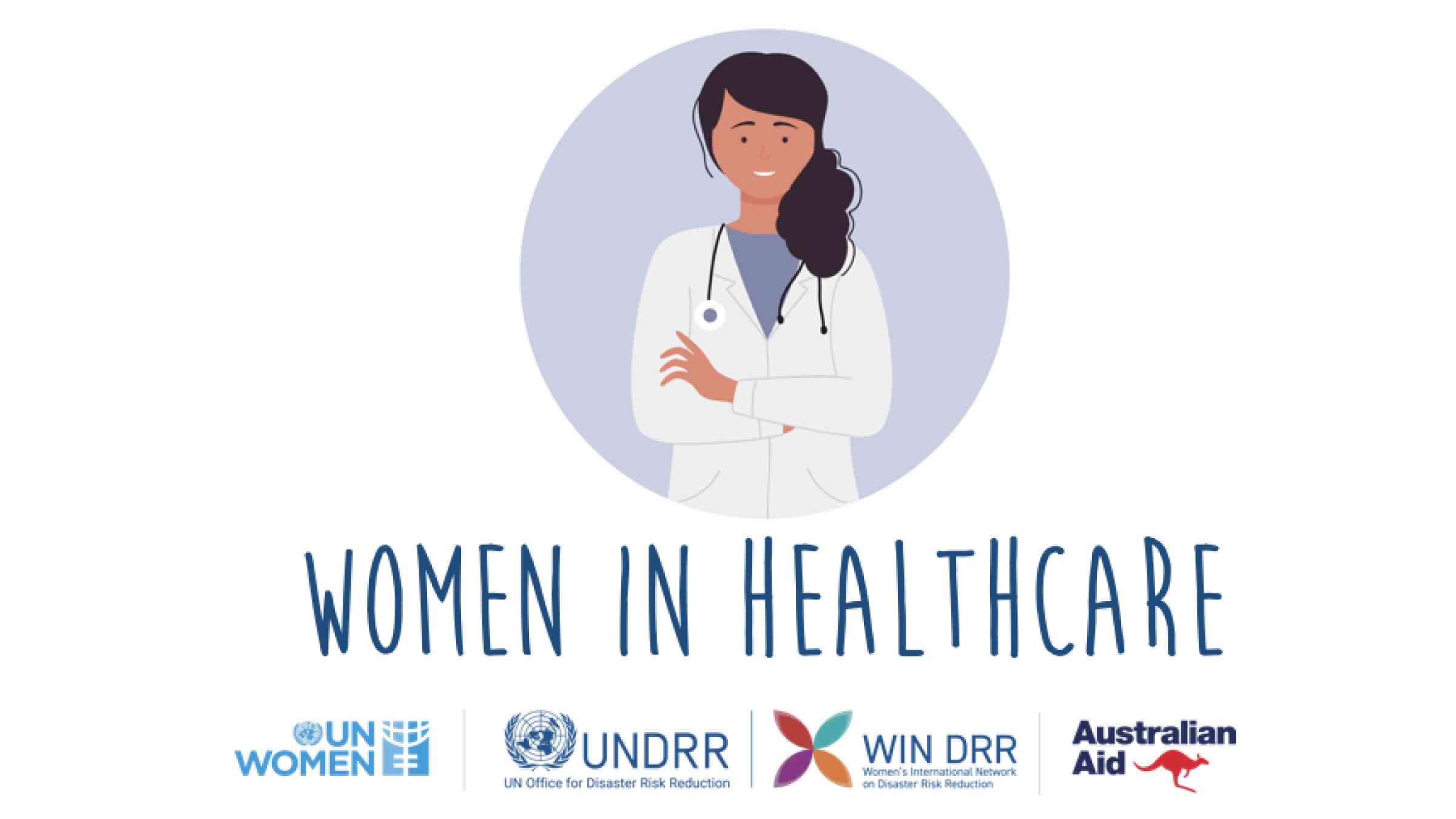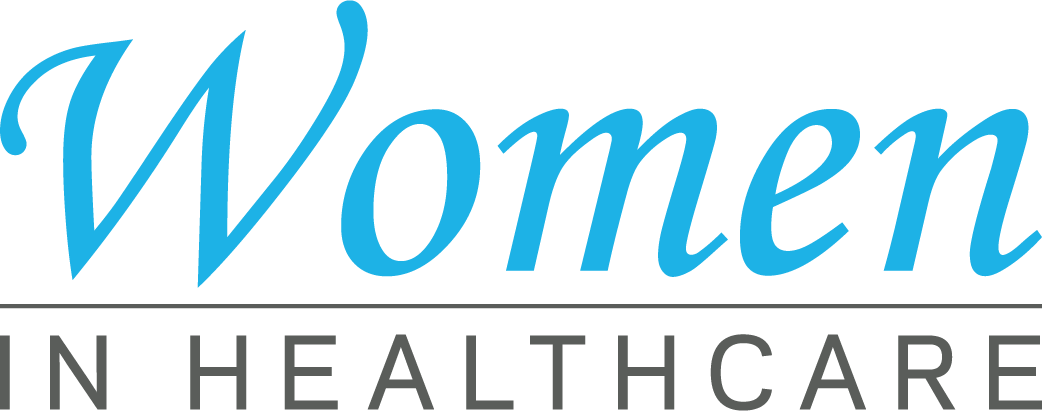Top Healthcare RCM Techniques for Better Financial Performance
Top Healthcare RCM Techniques for Better Financial Performance
Blog Article
Discover How Healthcare RCM Processes Transform Administrative Tasks Into Seamless Operations
In the ever-evolving landscape of healthcare, Profits Cycle Administration (RCM) procedures have emerged as a pivotal pressure in transforming management jobs into seamless operations. By utilizing cutting-edge innovation and refined techniques, RCM uses an innovative method to taking care of patient enrollment, invoicing, and claims processing. The answers to these concerns are essential for understanding the future of health care management.
Understanding Healthcare RCM
Income Cycle Monitoring (RCM) in health care is an important procedure that guarantees the financial health of clinical institutions by supervising the entire lifecycle of client solution revenue. It integrates different management and medical features, starting from the preliminary organizing of a clinical consultation to the eventual collection of repayment for services made. Healthcare RCM. RCM is pivotal in handling the complexities of billing and compensations, ensuring that medical care service providers receive settlement for their services effectively and precisely
Key elements include patient scheduling, insurance verification, cost capture, case submission, and repayment publishing. RCM is not exclusively regarding financial collections; it additionally intends to enhance individual satisfaction by lowering invoicing mistakes and improving openness.
The efficiency of RCM is contingent upon the smooth assimilation of innovation and human resource proficiency. Employing innovative software application remedies makes it possible for health care establishments to automate repeated jobs, therefore lowering administrative problems. Furthermore, trained employees are vital in browsing governing demands and payer plans, making sure compliance and maximizing profits recuperation.
Streamlining Individual Enrollment
Streamlining client registration is an essential step in boosting the effectiveness of health care revenue cycle monitoring. It includes optimizing the preliminary interaction between patients and doctor to make certain a smooth data collection process. Key components include the accurate capture of patient demographics, insurance coverage verification, and permission procurement. By digitizing these procedures with incorporated digital health documents (EHR) systems, medical care centers can minimize mistakes, reduce documents, and accelerate patient throughput (Healthcare RCM).
Automated systems aid in verifying insurance policy qualification in real-time, which not only lowers administrative concerns yet likewise boosts individual satisfaction by avoiding unanticipated billing issues. In addition, pre-registration processes allow patients to complete types online prior to their go to, decreasing wait times and making it possible for staff to concentrate on more facility tasks. This proactive technique makes certain that all necessary info is collected and confirmed before treatment is supplied, consequently preventing hold-ups in subsequent invoicing and asserts procedures.
Educating personnel to make use of these systems properly is important. It makes certain that information access is exact and consistent, cultivating a seamless shift from patient enrollment to various other profits cycle processes. Ultimately, streamlining patient enrollment lays the foundation for a much more efficient, patient-centered healthcare distribution design.
Reliable Billing Solutions
Effective invoicing remedies are integral to enhancing medical care earnings cycle monitoring. They work as the backbone for making sure timely and accurate financial deals in between individuals, health care service providers, and insurance provider. By leveraging sophisticated innovation and structured processes, medical care centers can substantially decrease invoicing errors, minimize delays, and boost capital. Implementing robust invoicing systems assists in accurate charge capture, making certain all services rendered are represented and billed properly. Automation tools can resolve payment information with medical documents, avoiding and reducing inconsistencies claim denials. read the article
In addition, efficient invoicing solutions encourage doctor to provide transparent rates and invoicing information to patients, promoting count on and improving person contentment. Real-time billing systems allow medical care personnel to provide instant responses on individual eligibility and out-of-pocket expenses, enhancing the total person experience. These solutions likewise enable smooth assimilation with electronic wellness records (EHR), guaranteeing that invoicing and clinical details are in sync, minimizing management concerns on healthcare suppliers.
Including reliable billing remedies into the revenue cycle administration framework not only optimizes functional performance but additionally enhances economic efficiency. By decreasing errors, speeding up settlement cycles, and boosting person interaction, medical care companies can concentrate a lot more on supplying top quality care while maintaining financial sustainability.
Optimizing Insurance Claims Handling

In the realm of health care earnings cycle monitoring, enhancing cases processing is essential for keeping economic wellness and operational effectiveness. A streamlined cases procedure decreases the time in between service shipment and settlement, consequently enhancing money circulation and lowering the likelihood of mistakes. Reliable claims refining starts with accurate documentation and coding, which are crucial to guarantee that claims are sent without disparities that can result in delays or rejections.
Leveraging sophisticated modern technology, such as automated claims management systems, can dramatically improve the performance of this procedure. These systems are designed to automate repeated jobs, track cases via each phase, and flag prospective issues early. This not only minimizes the management burden on personnel however also raises the accuracy of submissions by minimizing human error.

Enhancing Income Collection

Furthermore, denial management plays a crucial duty in optimizing revenue collection. Recognizing patterns in claim denials, comprehending source, and executing corrective activities can considerably reduce recurring issues, therefore boosting capital. Suppliers need to purchase robust his comment is here analytics devices that assist in comprehensive reporting and evaluation, permitting them to correct and deal with denial trends without delay.
Timely follow-up on outstanding claims is another essential element of income collection. Developing an organized method to keep track of and go after aged accounts guarantees that no earnings is left unclaimed. Employing devoted team or automated systems to track these cases can boost efficiency and ensure constant money inflows.
Conclusion
Healthcare Earnings Cycle Management (RCM) processes dramatically enhance management efficiency by incorporating advanced technology and human knowledge (Healthcare RCM). The automation of individual registration, payment, and claims processing speeds up and reduces errors cash money circulation, inevitably improving client contentment via real-time insurance verification and clear billing. By ensuring smooth operational circulation, RCM permits healthcare suppliers to focus on top quality treatment while taking full advantage of income recuperation and keeping monetary stability, hence transforming management jobs into reliable, structured operations
Earnings Cycle Administration (RCM) in health care is a critical process that makes certain the monetary health and wellness of medical organizations by managing the whole lifecycle of individual service revenue.Simplifying person registration is a fundamental step in improving the efficiency of health care income cycle administration. It involves maximizing the initial communication between individuals and healthcare carriers to ensure a smooth information collection procedure.In addition, reliable invoicing options encourage healthcare companies to offer transparent rates and billing information to people, fostering trust fund and improving patient contentment. Real-time invoicing systems allow health care staff to give immediate comments on client eligibility and out-of-pocket costs, enhancing the overall patient experience.
Report this page